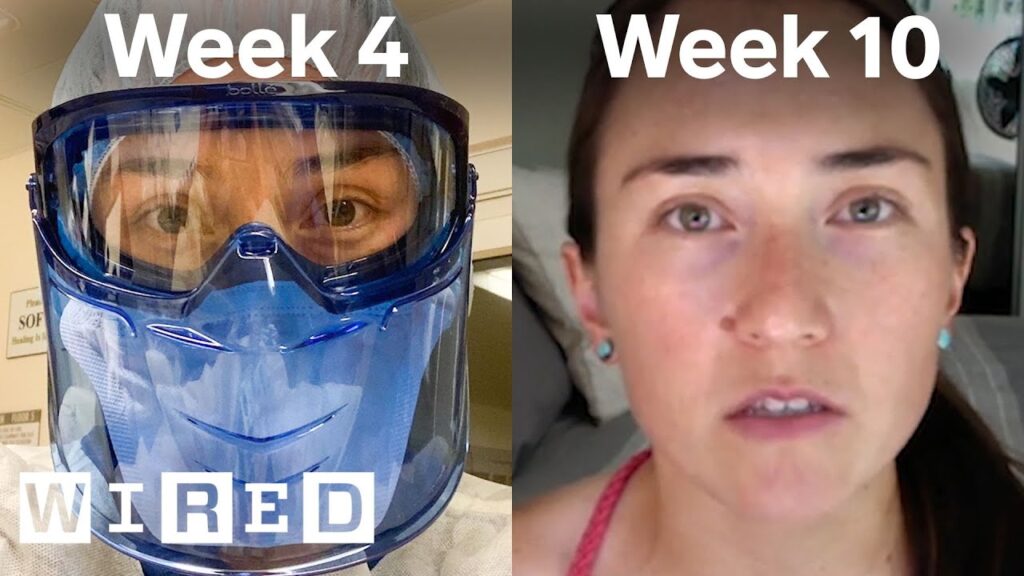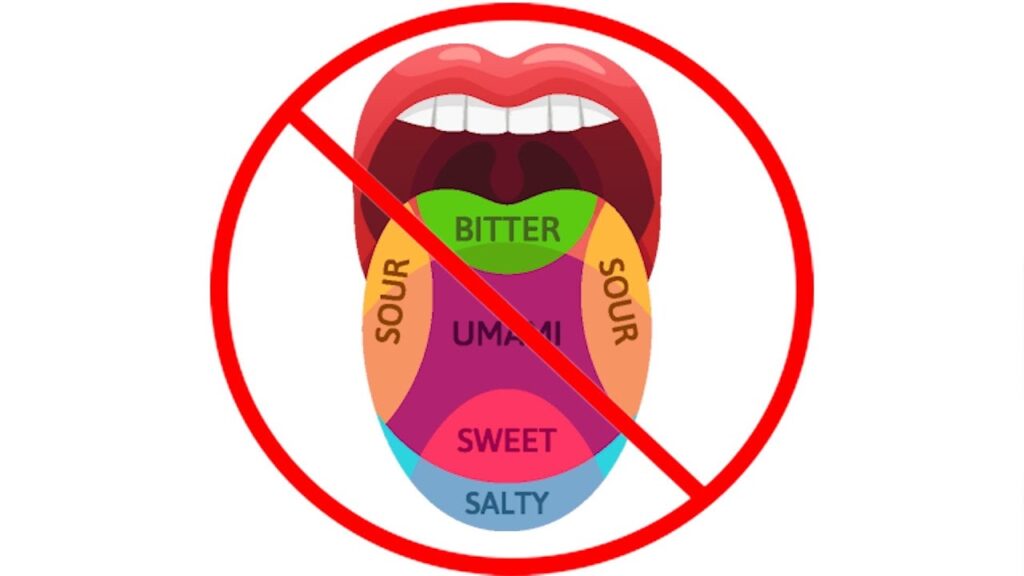COVID-19: A Doctor’s Perspective on Hospitalization and Treatment
Summary
As COVID-19 continues to spread globally, hospitals are faced with an increasing number of patients who need treatment. Dr. Cedric Dar, an ER physician in Houston, Texas, discusses what it’s like for healthcare workers on the frontlines, the hospitalisation timeline of a COVID-19 patient, and the ethical dilemmas healthcare workers face. He stresses the importance of flattening the curve, staying home, and donating personal protective equipment to hospitals.
Table of Contents
- Triage in the ER for COVID-19 patients
- Chest x-rays and identifying COVID-19
- Symptomatic treatment for COVID-19 patients
- Rationing ventilators and preparing for a surge of patients
- The mental toll of being a healthcare worker during the pandemic
Triage in the ER for COVID-19 patients
Q: Say you have a waiting room full of people in the ER who are coughing, who have a fever—how does triage work in the ER?
A: From the beginning of this, we have literally separated anybody with cough and fever from everybody else in the hospital. Other hospitals have tents set up outside to screen people. We screen patients for recent travel and if they have been around someone who has been diagnosed with COVID-19. Patients with abnormal lung sounds or fever are placed in a separate area where we can screen them, where we can give them maximum personal protective equipment, keep them safe, and keep everybody else in the ER safe.
Q: How would you treat a patient that needs chest x-rays due to suspicion of COVID-19, and what do the x-rays look like?
A: As the disease progresses, there are these things called infiltrates or little white spots that form in the lung, making it harder for the exchange of oxygen. If someone has a fever or abnormal lung sounds, they would get a chest x-ray. As the disease progresses, x-rays can show white spots that can consolidate into a condition called ARD.
Symptomatic treatment for COVID-19 patients
Q: What kind of treatment can be offered to COVID-19 patients in the hospital?
A: There is no defined treatment for COVID-19, but we offer symptomatic treatment. If someone needs oxygen, we give them oxygen. If they have a fever, we might give them medicines to reduce their fever. But, other than that, we kind of have to wait for the virus to take its course. If someone goes into respiratory failure, where their lungs can’t pull in enough oxygen, that’s when we have to put them on a ventilator machine.
Q: Is there a specific way to treat patients on ventilators?
A: All of those patients have to be put into a medically induced coma. They stay on the ventilator machine for the duration until they improve and get better and can come off. If someone gets really sick and they’ve been on that ventilator maybe for a few days, hopefully, the inflammatory response or the virus affecting the lungs starts to resolve and their lungs clear up, and they can be taken off the ventilator and go back to living a normal life.
Rationing ventilators and preparing for a surge of patients
Q: When would you have to make the decision of rationing ventilators?
A: Those decisions are happening right now, and doctors are thinking about that. It may become a real thing if people don’t take this seriously enough. In the Houston area, hospitals have been cancelling elective surgeries to have fewer people in hospitals. Hospitals are also trying to figure out ways that they can use one ventilator machine for more than one patient.
Q: How are hospitals preparing for a potential surge of patients?
A: Hospitals in the Houston area have been cancelling elective surgeries to have fewer people in the hospital. They have been trying to figure out ways to use one ventilator machine for more than one patient.
The mental toll of being a healthcare worker during the pandemic
Q: How do you mentally prepare for what might happen and what’s happening right now?
A: We’re used to taking care of sick people. We are notoriously the people that think about the worst-case scenario. But the thing where we’re not prepared for is making the ethical decision of once we reach our saturation point, who do I decide lives and who do I decide die? That we’re not ready for.
Q: How can the public assist healthcare workers during this time?
A: Stay home, save lives. We need to flatten the curve on this. Please do not come to the emergency room expecting to get a COVID test. If you happen to have any of that personal protective equipment that we could use in the hospital, consider donating it to your local facility.
Conclusion
As COVID-19 continues to spread, healthcare workers are facing a severe shortage of resources and are being pushed to their limits. It is vital to flatten the curve and take all necessary precautions to prevent the spread of the virus. Healthcare workers are exhausted and are in need of assistance from the public in the form of donations and following necessary precautions. It is only through cooperation and support that we can overcome this global health crisis.







